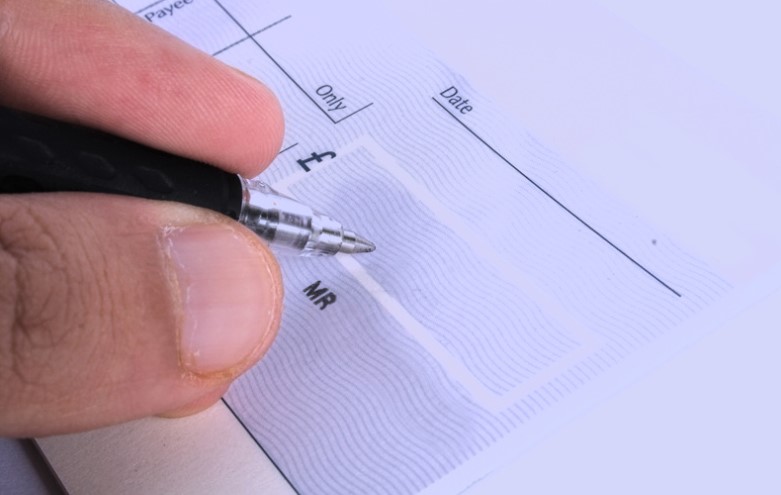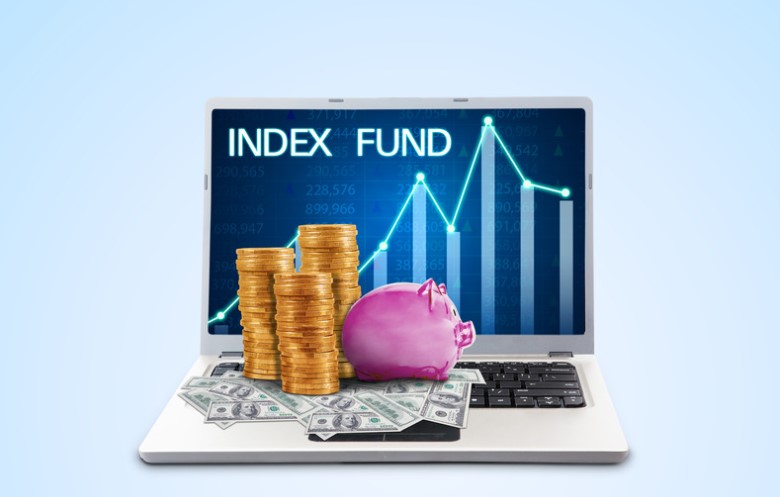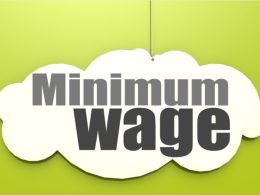Banking transactions are an integral part of our lives, and if you’re in Canada, chances are you’ve come across the term “bank draft.” But what exactly is a bank draft, and how does it work? Whether you’re a seasoned pro or just starting to navigate the world of banking, this blog post will unravel the mysteries surrounding bank drafts and provide all the information you need to understand their purpose and functionality. So grab a cup of coffee, sit back, and let’s dive into the fascinating world of bank drafts in Canada!
What is a Bank Draft and How Does it Work?

A bank draft, also known as a banker’s draft or cashier’s check, is a secure form of payment issued by a bank on behalf of an individual or organization. It works like a guaranteed form of payment that ensures the recipient will receive the specified amount.
The process begins when the person requesting the bank draft approaches their financial institution and provides them with the necessary details. This typically includes information such as the recipient’s name, address, and the exact amount to be paid. The issuer then deducts this amount from your account and issues a physical document that serves as proof of payment.
One key feature of a bank draft is its prepayment nature. Unlike personal checks or electronic transfers where funds may not be immediately available, with a bank draft, you must have sufficient funds in your account at the time of issuance. This guarantees that once it is presented for redemption, there will be no issues regarding insufficient funds.
Advantages of Using a Bank Draft
Using a bank draft comes with several advantages that make it a preferred method of payment for many individuals and businesses in Canada. One significant advantage is the level of security it offers. When you request a bank draft, the funds are immediately withdrawn from your account and held by the issuing bank until the recipient deposits or cashes the draft. This ensures that the money is guaranteed, providing peace of mind for both parties involved.
Another advantage is that bank drafts are widely accepted as a form of payment across various institutions, including government offices, landlords, and creditors. Whether you need to pay rent, settle an invoice, or make a large purchase like buying a car or property, using a bank draft demonstrates financial responsibility and reliability.
Furthermore, bank drafts can be easily tracked as they leave behind paper trails documenting their issuance and deposit. This makes them ideal for record-keeping purposes when making significant transactions or payments.
Additionally, using a bank draft eliminates the risk associated with carrying large amounts of cash or relying on personal checks that may bounce due to insufficient funds in your account. With a bank draft, you have proof of payment and can avoid any potential disputes regarding non-payment.
Obtaining a bank draft is relatively straightforward through your banking institution. While some banks may charge fees for this service depending on your account type or transaction amount, it is generally considered worth paying given the added security and convenience provided by using this method.
When to Use a Bank Draft?

A bank draft can be a useful financial instrument in various situations. Here are some instances when using a bank draft might be advantageous:
- Large Purchases: When making significant purchases, such as buying a property or car, sellers often prefer the security of receiving payment through a bank draft. It assures that the funds are guaranteed and reduces the risk of fraudulent activities.
- International Transactions: Sending money abroad can be complex and costly due to exchange rates and transfer fees. Bank drafts offer a reliable and efficient method for international transactions, ensuring that payments reach their destination securely.
- Rent or Security Deposits: Landlords often request bank drafts for rental payments or security deposits as they minimize the possibility of bounced checks or insufficient funds.
- Official Payments: Government agencies, courts, educational institutions, and other official entities typically accept payments via bank drafts for services like taxes, fines, tuition fees, etc., ensuring accurate processing and record-keeping.
- Peace of Mind: Using a bank draft eliminates concerns about personal check fraud or delays with electronic transfers since it guarantees immediate availability of funds upon deposit.
Remember that each situation is unique; thus, it’s essential to consider your specific circumstances before deciding whether to use a bank draft.
Difference Between Bank Drafts, Certified Cheques and Money Orders
Bank drafts, certified cheques, and money orders are all widely used in Canada for making secure payments. While they may seem similar at first glance, there are some key differences between these payment methods.
A bank draft is a payment instrument issued by a bank on behalf of its customer. It guarantees the funds will be available when the draft is presented for payment. Bank drafts are often used for large transactions such as purchasing a car or making a down payment on a house.
On the other hand, a certified cheque is a personal cheque that has been guaranteed by the issuing bank. The bank verifies that the account has sufficient funds to cover the amount of the cheque and sets aside those funds until it is cashed.
Money orders are another option for sending secure payments. They can be purchased from various sources such as banks, post offices, or convenience stores. Similar to bank drafts and certified cheques, money orders assure that there are sufficient funds to cover the specified amount.
The main difference between these three methods lies in who guarantees the funds. With bank drafts and certified cheques, it’s the issuing bank that ensures the availability of funds. In contrast, with money orders, it’s typically an organization like Canada Post or Western Union.
When deciding which method to use, consider factors such as cost (as fees may vary), convenience (availability of outlets), and acceptance (some sellers may prefer one method over others).
How to Get a Bank Draft?
Obtaining a bank draft is a relatively straightforward process. Here are the steps involved in getting a bank draft:
- Visit your bank: Start by going to your local branch of the bank where you hold an account. Approach one of the tellers and let them know that you would like to request a bank draft.
- Provide necessary information: The teller will require specific details from you, such as the name of the recipient or payee, the amount of money for which you need the bank draft, and any additional instructions or notes.
- Paying for the bank draft: You will need to provide funds upfront to cover the amount specified on the bank draft, along with any applicable fees charged by your financial institution.
- Verification and issuance: Once all required information has been provided and payment has been made, the teller will verify everything and proceed with issuing your bank draft. They may provide you with a copy of the receipt for reference.
- Double-check details: Before leaving the branch, ensure that all details on your bank draft are accurate – including recipient name, amount, and other relevant information.
Remember that banks may have different procedures or requirements when it comes to obtaining a bank draft, so it’s always advisable to contact your specific financial institution beforehand for any additional guidance they may offer.
How to Deposit a Bank Draft?
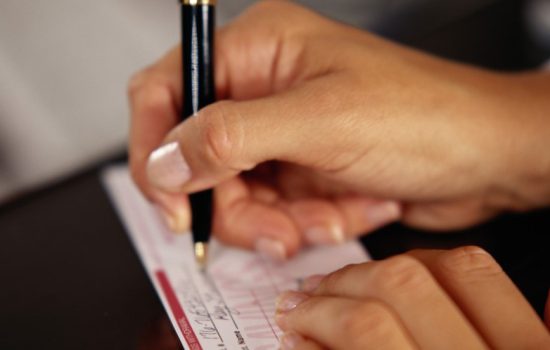
When it comes to depositing a bank draft, the process is typically straightforward.
Here are the steps you need to follow:
- Visit your bank: Take your bank draft to the branch where you hold your account. It’s important to go in person as most banks require physical verification.
- Fill out a deposit slip: Grab a deposit slip from the counter or ask a teller for assistance if needed. Write down your account number and provide any other required information.
- Present the bank draft: Hand over the bank draft along with the completed deposit slip to a teller or place it in an envelope provided at self-service areas.
- Verify details: The teller will examine and verify the authenticity of the bank draft before processing it.
- Confirm transaction: Once verified, funds from the bank draft will be deposited into your account, usually within one business day.
- Keep records: Remember to keep a copy of both sides of the deposited bank draft for future reference and proof of payment if necessary.
Remember that specific procedures may vary slightly between different banks, so it’s always best to consult with your financial institution for precise instructions on how they handle deposits of bank drafts.
What to Do if a bank draft is lost?
Losing a bank draft can be a stressful situation, but it’s important to know that there are steps you can take to resolve the issue. If you find yourself in this unfortunate predicament, here’s what you should do:
- Stay Calm and Act Quickly: As soon as you realize that your bank draft is lost or stolen, try not to panic. Instead, take immediate action by contacting your bank or financial institution.
- Inform Your Bank: Get in touch with your bank and provide them with all the necessary information about the lost or stolen bank draft. They will guide you through the process of reporting it and taking appropriate measures.
- Request a Stop Payment: To prevent unauthorized use of the lost or stolen bank draft, ask your bank to place a stop payment on it immediately. This will ensure that no one else can cash it if they happen to find it.
- Provide Documentation: Your bank may require you to fill out some paperwork regarding the lost or stolen bank draft. Be prepared to provide any relevant documentation such as proof of purchase or transaction details.
- Obtain a Replacement: Once you have reported the loss and provided all necessary information, your bank will assist you in obtaining a replacement for the lost or stolen bank draft.
Remember, time is of the essence when dealing with a lost or stolen bank draft, so don’t delay in notifying your financial institution and taking appropriate action to protect yourself from any potential fraud or misuse.
Alternatives to Bank Drafts
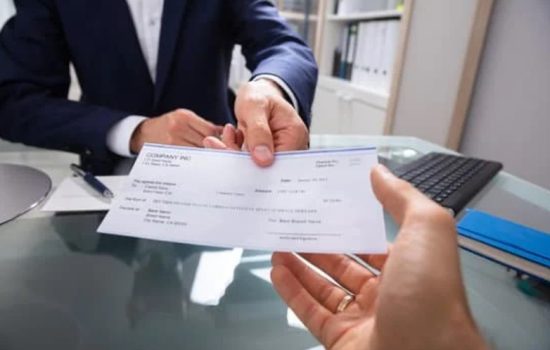
While bank drafts are a popular method of payment in Canada, there are also alternatives available. One option is using certified cheques, which are similar to bank drafts but come with some differences. Certified cheques are drawn on the customer’s account and guaranteed by the bank, ensuring that funds will be available when the cheque is cashed.
Another alternative is using money orders, which can be purchased from various financial institutions or even some retail stores. Money orders function as prepaid instruments, meaning you pay for them upfront and then issue them to recipients. They can be a convenient way to make secure payments without needing a bank account.
For those who prefer electronic methods of payment, online transfers through platforms like PayPal or Interac e-Transfer can be used instead of bank drafts. These options allow for quick and convenient transactions while maintaining security.
Wire transfers provide an alternative for larger sums of money that need to be sent domestically or internationally. Although they may involve fees and longer processing times compared to bank drafts, wire transfers offer a reliable method for transferring funds across different banks.
While bank drafts offer certain advantages such as guaranteed funds and ease of use, it’s good to know that there are alternatives available depending on your specific needs and preferences. Whether it’s certified cheques, money orders, online transfers or wire transfers – explore these options and choose what works best for you!
Conclusion
A bank draft in Canada is a document that allows you to draw on funds from a specific bank account. By signing the bank draft, you are authorizing the bank to transfer the money from your account to the person or company who drafted it. You should always consult with your financial advisor before executing a bank draft, as there are certain risks associated with this type of transaction.
FAQs – What is a Bank Draft?
1. Why would someone use a bank draft?
Transferring big sums of money to a third party can be done via a guaranteed payment mechanism like a bank draft. A bank draft can be a useful substitute when cash, money orders, or checks won’t do, such as when you’re paying for a down payment on a home or a used car.
2. How much does a bank draft cost?
Depending on your banking institution and the type of account you have, bank draft costs could range from $0 to $12.50. Additionally, there will be expenses associated with currency conversion for bank drafts purchased in foreign currencies.
3. How long does it take for a bank draft to clear?
The majority of checks take several days to post to your account. However, bank drafts are far quicker to clear and frequently show there in your account within 24 hours. This is because fewer steps are required to confirm that the money is there thanks to the issuer’s guarantee.
4. Is a bank draft 100% safe?
One of the safest and most reliable methods of payment is a bank draft. You, the payer, are protected because you are obtaining the money out of your bank account rather than utilizing credit.
5. Who signs a bank draft?
Bank drafts are a form of payment that the bank issues and backs. Personal checks issued by the consumer and guaranteed by the bank are known as certified cheques. The payer’s signature is not required for bank drafts. For added security, certified bank drafts, on the other hand, are signed or certified by a bank representative.




